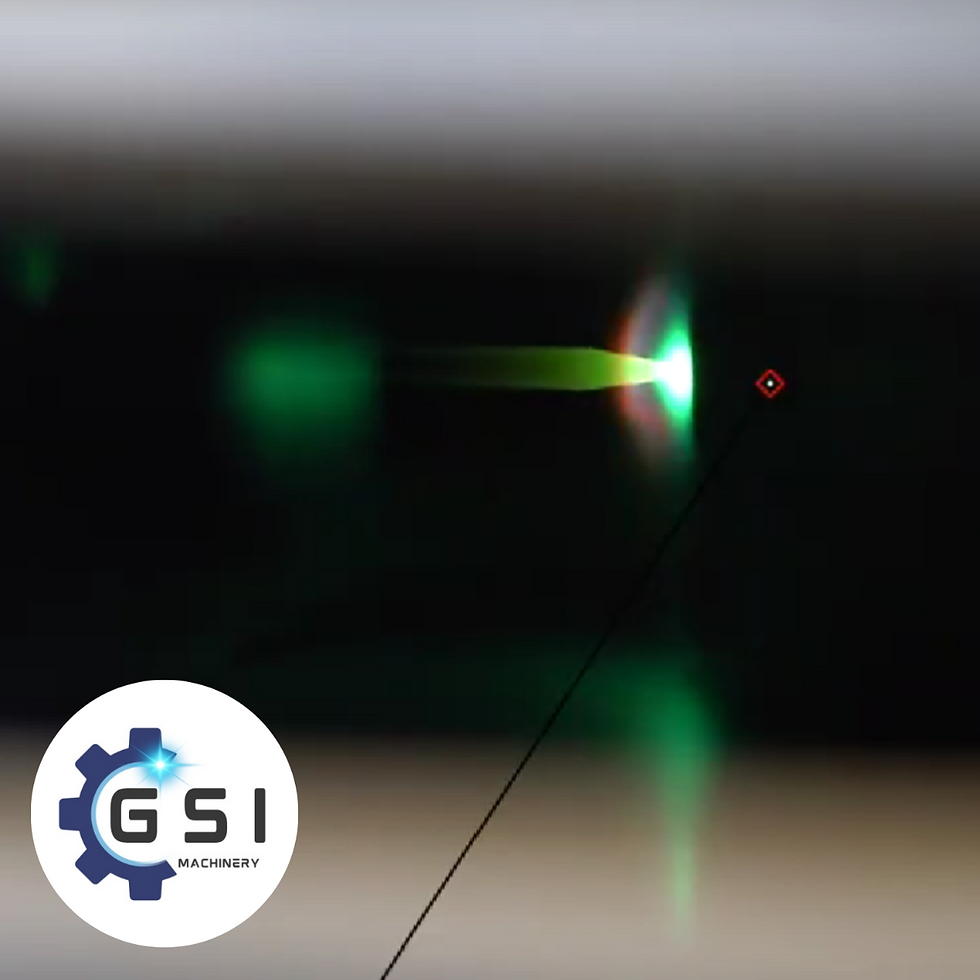Orbital Welding Heads: Closed vs. Open
- George Ficken

- Oct 4, 2023
- 3 min read
Updated: Oct 11, 2024

Orbital welding is a specialized welding technique used in various industries such as aerospace, pharmaceuticals, and semiconductor manufacturing. It offers precision, repeatability, and high-quality welds, making it indispensable in critical applications. Central to the success of orbital welding are the welding heads used, with open head and closed head designs being two fundamental types. This essay explores the differences between open head and closed head orbital welding heads and when to use either one.
Open Head Orbital Welding Heads
Open head orbital welding heads are characterized by a design that exposes the weld zone during the welding process. They feature an open chamber that allows for easy access to the weld joint. This design is advantageous when welding pipes with varying diameters or irregularly shaped components. The open head design is versatile and adaptable, making it suitable for applications where accessibility is crucial. It is commonly used in industries like shipbuilding, where pipes of various sizes and orientations are frequently encountered.
Closed Head Orbital Welding Heads

Closed head orbital welding heads, on the other hand, enclose the weld zone during welding. They have a chamber that seals off the weld joint, protecting it from atmospheric contamination. This design is ideal for applications where the purity and integrity of the weld are paramount, such as in the semiconductor and pharmaceutical industries. Closed head welding heads provide an environment that minimizes the risk of oxidation, ensuring high-quality, contaminant-free welds.
When to Use Open Head Orbital Welding Heads
Open head orbital welding heads are best suited for applications that require flexibility in accommodating various pipe sizes and shapes. Industries like construction, oil and gas, and shipbuilding benefit from open head designs because they can easily adapt to different welding scenarios. Moreover, open head welding heads are preferred when visual monitoring of the welding process is necessary, allowing welders to ensure the quality of the weld as it progresses.
When to Use Closed Head Orbital Welding Heads
Closed head orbital welding heads excel in applications where the highest levels of weld purity and integrity are non-negotiable. The semiconductor and pharmaceutical industries, which demand ultra-clean, contaminant-free welds, are prime examples. Additionally, closed head welding heads are essential when welding in hazardous environments, such as in nuclear power plants, where the containment of radioactive materials is critical for safety.
Comparative Analysis
The choice between open head and closed head orbital welding heads ultimately depends on the specific requirements of the welding project. Open head designs offer flexibility, accessibility, and adaptability, making them suitable for a wide range of applications. In contrast, closed head designs prioritize weld purity and protection from atmospheric contamination, making them essential in industries with stringent quality and safety standards.
Open head and closed head orbital welding heads represent two distinct approaches to achieving high-quality welds in various industries. Open head designs prioritize flexibility and accessibility, while closed head designs prioritize weld purity and contamination control. To make an informed choice, welders and engineers must carefully consider the specific requirements of their projects, ensuring that the selected orbital welding head aligns with the desired welding outcome and industry standards. Both types of welding heads have their unique strengths, and their appropriate use ensures the integrity and success of critical welding applications.
Reach out to GSI Machinery for all of your orbital welding rental, training, sales and repair needs. We are here to assist 24/7 with expert support and after-sale service.









